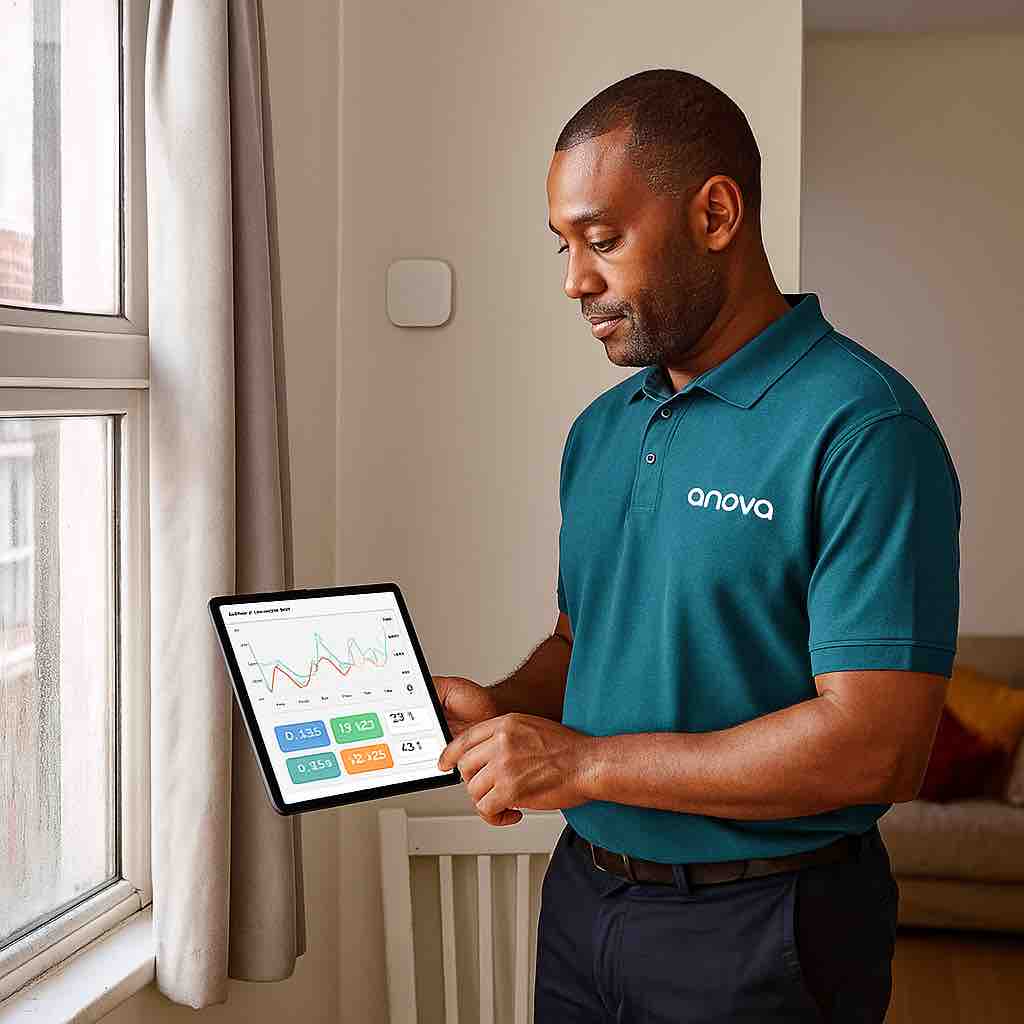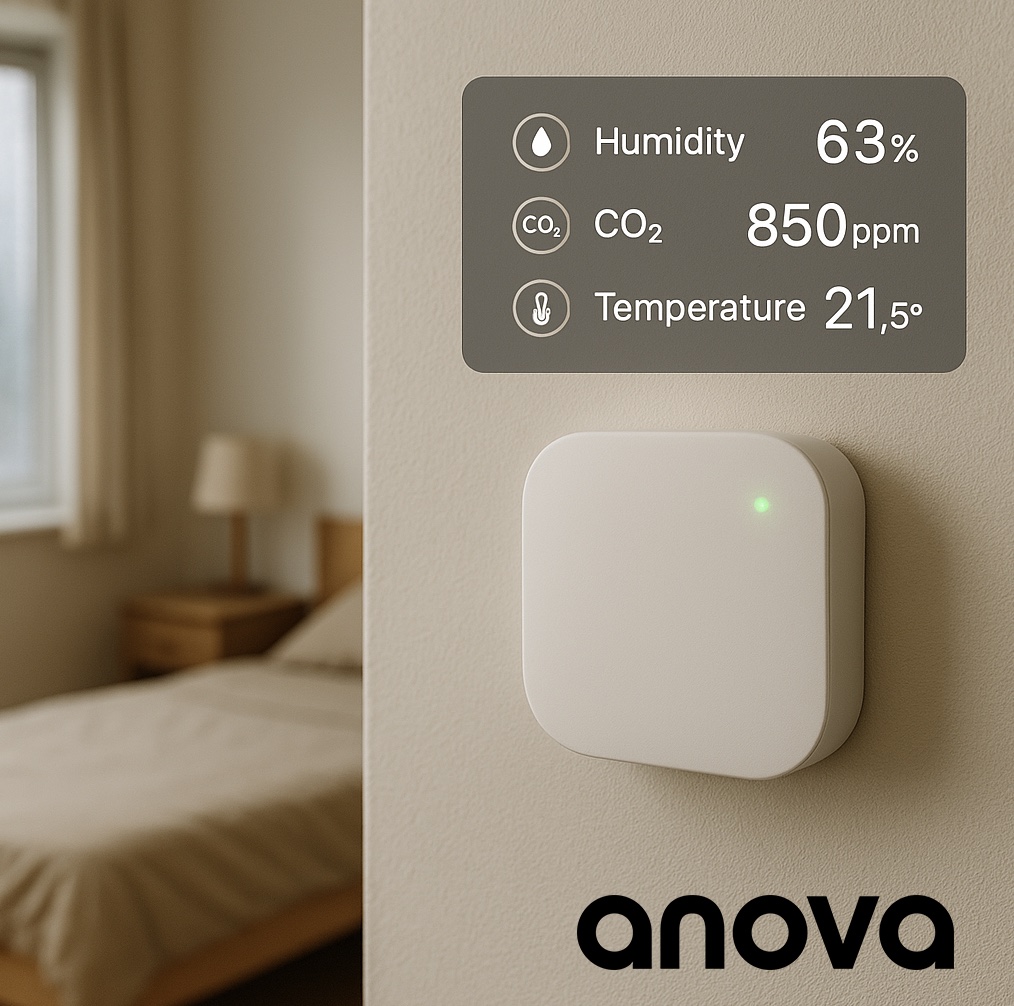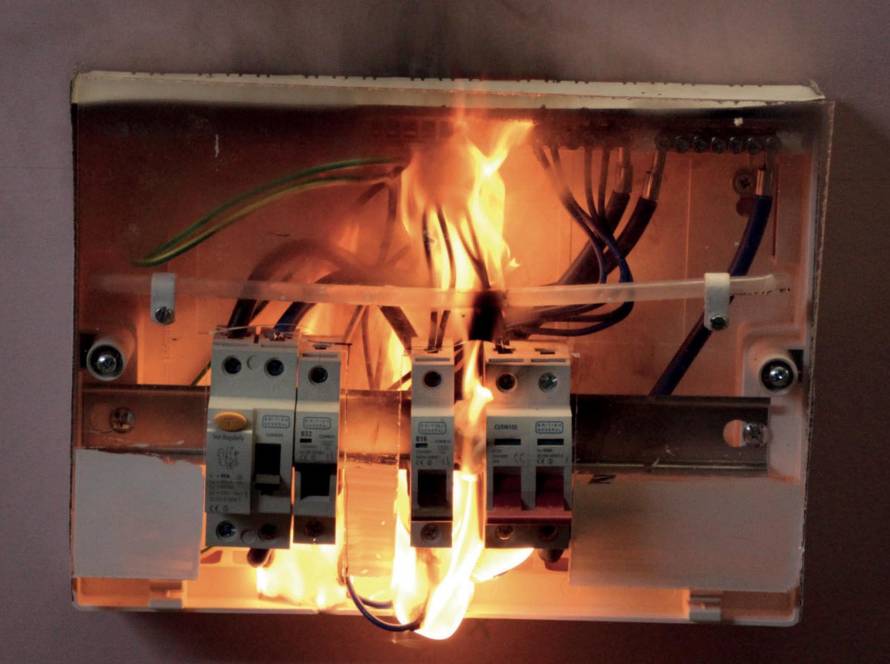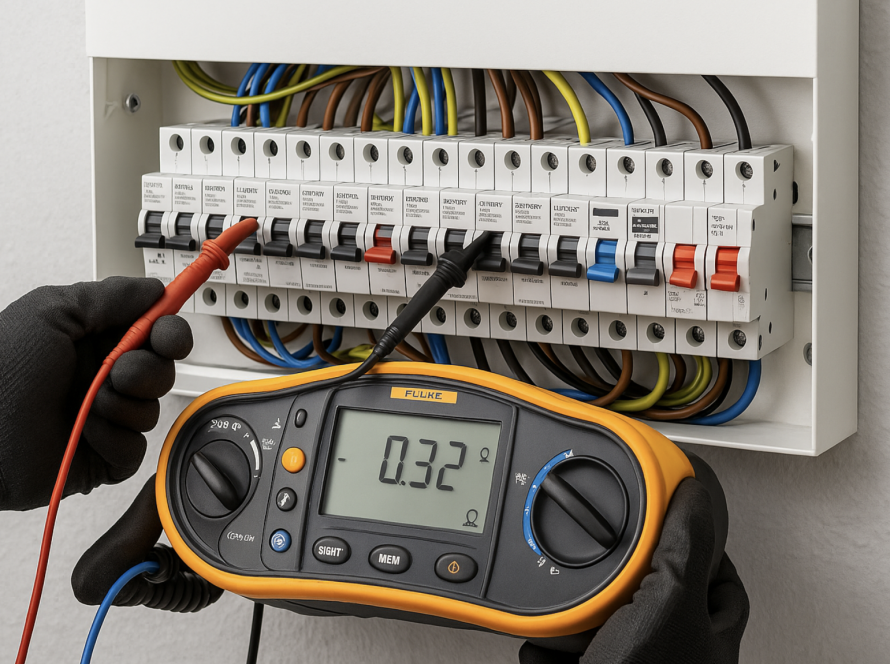Nearly 900,000 homes in England are affected by damp, but the rise of Awaab’s Law means it’s no longer just a comfort issue it’s a legal and tenant health imperative. Learn three actionable strategies for housing providers to prevent complaints, protect tenants, and ensure compliance with proactive inspections, rapid responses, and smart monitoring.
Introduction: Damp, Mould and the Growing Compliance Pressure
According to the English Housing Survey, around 904,000 homes in England had significant damp in 2021 The English Housing Survey. With Awaab’s Law coming into force in October 2025, social landlords will be legally required to investigate reports of damp and mould within 14 days and begin repairs within 7.
But beyond regulation lies a deeper concern: tenant health and wellbeing. Damp and poor indoor air quality (IAQ) contribute to respiratory illnesses, asthma flare-ups, and long-term living discomfort. Staying ahead is not just compliance, it’s proactive care of housing assets and their occupants.


Proactive Property Condition Monitoring
Visual inspections alone aren’t enough. Housing providers need data-led insights to catch risk early, and prioritise interventions.
- Conduct regular site surveys, supplemented by multi-sensor environmental monitoring (tracking humidity, CO₂, VOCs)
- Aim to maintain relative humidity below 60%— studies advise keeping RH at 40‑60% to significantly reduce mould growth risk.
- Research also shows sensors can provide up to two weeks advance warning before visible mould appears, giving providers time to intervene early
This method helps you act before complaints escalate, aligning with energy efficiency and combating fuel poverty through improved insulation, heating control, and ventilation management.
Fast, Documented, Tenant-Friendly Response Processes
Too often providers delay or under-record damp/mould complaints:
- Many lack formal triage systems or consistent logging practices
- Shelter reports show that most tenant complaints stem from delayed or ignored responses, not just the presence of damp itself GOV.UK
Anova’s approach is different:
- Tenant complaints are logged quickly and tracked digitally
- Inspections are carried out swiftly, with recommendations documented on-site
- Post-remedial verification confirms issues are resolved effectively
Our upcoming dashboard platform ensures teams have instant visibility of property health status, reducing risk and improving accountability.

Long-Term Risk Mitigation Through Smart Tech & Data
Long-term management requires more than reactive fixes:
- Deploying environmental sensors across stock provides trend analysis and early alerts
- Insight into IAQ data helps inform ventilation upgrades, retrofit decisions, and Net Zero pathway planning
- This smart approach supports wider compliance goals (e.g., Building Safety Act, fuel poverty initiatives) and tenant satisfaction KPIs
Data-led decisions lead to fewer repeat issues, reduced maintenance costs, and better health outcomes.
Anova’s Support Package: More Than Just Sensors
Damp and mould complaints are no longer just maintenance tasks they’re duty of care challenges with legal and health implications.
Anova helps housing providers shift from reactive repairs to proactive compliance, tenant health, and transparent asset management.
Take the First Step Today
📞 Call: 02080516482
📩 Email: info@anovauk.com
💬 WhatsApp: Click the button below




